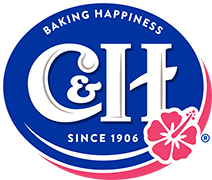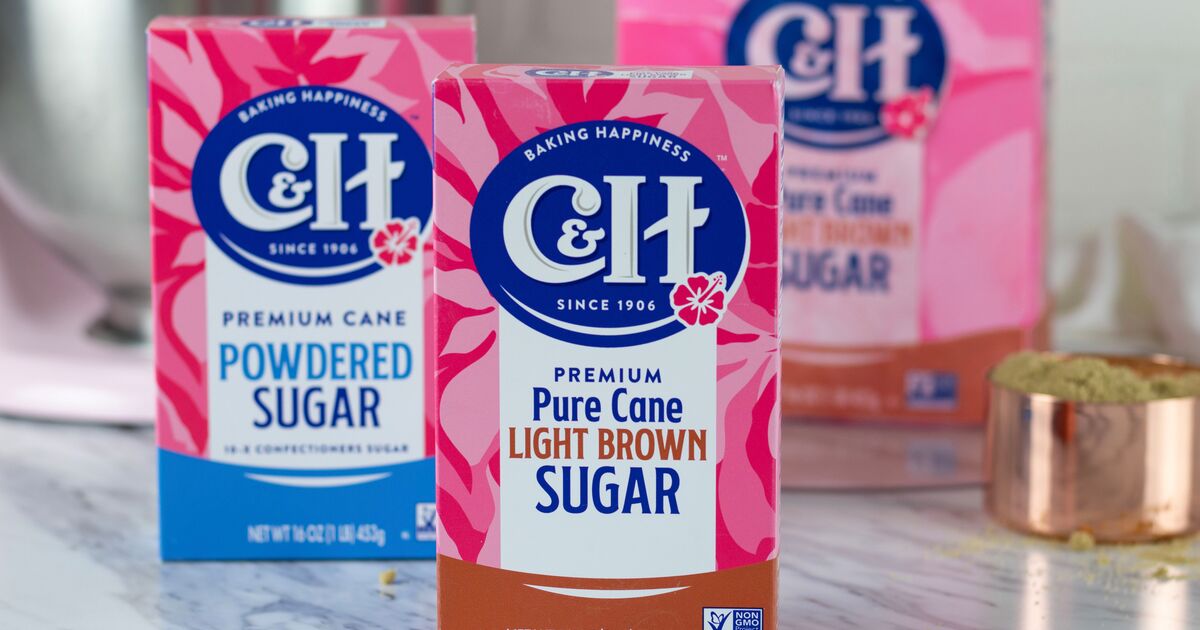
Categories: faq
Baking
What does sugar do in bread?
Sugar acts as a tenderizer during mixing. It absorbs water and slows the development of gluten strands that can make the dough or batter rigid and tough. Use sugar to prevent gluten development and give your breads a tender crumb texture and good volume.
In addition, sugar provides an immediate and ready source of nourishment for the yeast growth. With sugar, leavening hastens and the dough rises at a faster and more consistent rate.
If you want less sugar in your bread, you can remove 1 or 2 tablespoons without changing most recipes. Conversely, you can usually add a tablespoon of sugar to most bread recipes (1 tablespoon to 3 cups of flour) with no problems.
And from an aesthetic point of view, sugar gives baked goods a wonderfully golden brown crust.
Storage
How long does sugar last?
Sugar, properly stored, has an indefinite shelf life because it does not support microbial growth. Even though the shelf life of sugar is indefinite, granulated sugar is best when used within 3 years of purchase and powdered sugar is best when used within 2 years of purchase.
How should I store my C&H® Granulated Sugar and C&H® Powdered Sugar?
Moisture makes granulated sugar hard and lumpy. Always store granulated sugar in a covered container in a cool, dry area.
Store powdered sugar in a cool, dry location (not the refrigerator). When it gets moist, it develops lumps. And because of its physical properties, it tends to absorb strong odors – it can even absorb odors through the package.
How to Store Brown Sugar
Air hardens brown sugar. Store it in a cool area, in a covered container. If that’s not possible, store the entire container in a second canister with a tight-fitting lid. You can also empty the sugar into a rustproof/glass container (or a heavy, moisture-proof plastic bag) and keep it tightly closed. Even though the shelf life of brown sugar is indefinite, it’s best to use it within two years of purchase for maximum flavor. Don’t store brown sugar in the refrigerator. However, if you are in a very dry area or will keep it for a long time, you may want to freeze it. To use frozen sugar, thaw it for two or three hours. If ice crystals form after long freezer storage, gently stir the sugar as soon as it thaws to prevent pockets of moisture from causing damage. (Note: C&H® 2 lb. brown sugars are now packaged in a popular zip-pack container.)
How to Soften Brown Sugar
When brown sugar hardens, it loses its moisture. Here are some suggestions to restore the moisture and soften the sugar:
If you need to use hardened brown sugar immediately, remove it from the package, wrap in a damp cloth dishtowel or paper towel, place is an oven-proof dish/pan and heat it in a 250-degree oven. Watch it carefully. As soon as it’s soft, measure the amount you need right away because it will harden as it cools. Please use caution. Oven heated sugar is very hot!
To soften brown sugar in a microwave, place it in a microwave-safe container, cover loosely with a wet (but not dripping) white paper towel, set the microwave on high, and check the sugar every 30 seconds. Again, microwave-softened sugar hardens as it cools so microwave only the amount of sugar you need. And it’s very hot. Please use caution.
Time permitting, place the hardened brown sugar in a rustproof container with a dampened – not dripping wet – white paper towel or napkin placed over a small piece of plastic wrap or foil on top of the sugar. Cover tightly. Remove the paper towel after the sugar absorbs the moisture and softens (about two days) and tightly reseal the container.
How to soften White Granulated Sugar
Granulated sugar can harden when exposed to moist or humid conditions in storage. Here is an easy way to make hard granulated sugar soft. Preheat oven to the lowest temperature, 150-200 degrees. When the oven is warmed – shut it off. Remove sugar from the package and put in an oven-proof container that will hold the sugar. Place in warmed oven for approximately 15 minutes. Tap sugar with a spoon. If it does not break apart, leave sugar in the oven for an hour to completely dry out. Always store granulated sugar in a container.
Usage
What is the difference between Light Brown Sugar and Dark Brown Sugar?
Use these two sugars interchangeably in recipes calling for brown sugar. For a delicate, light, nutty caramel flavor, use C&H® Light Brown Sugar. For a rich, old-time molasses taste and deeper color, use C&H® Dark Brown sugar. If you’re in doubt or if it’s not specified, you might choose C&H® Light Brown.
Can you substitute Brown Sugar for White Sugar?
In quick breads, cookies, and some cakes (such as an applesauce cake), brown sugar can usually be substituted for granulated. Use 1 cup of lightly packed brown sugar to replace 1 cup of granulated. For fine-textured cakes and fancy desserts, it’s usually better to use C&H® Baker's Sugar™.
Can C&H® Granulated Sugar be substituted for C&H® Baker's Sugar™ and vice versa?
You can use C&H Granulated Sugar for general baking. But for the passionate baker and fine-textured dessert recipes, we suggest C&H® Baker's Sugar™.
Baker's Sugar™ is a gourmet sugar. Because it was developed especially for baking and requires extra curing, it’s slightly more expensive but well worth it. For more information, visit the Baker's Sugar™ web site.
Can Powdered Sugar be substituted for White Sugar?
In short, no. Powdered sugar has a finer crystal size and contains 3% cornstarch that keeps the sugar soft. Substitutions may result in unsatisfactory results.
Does any C&H® Sugar product contain any allergens?
Our products do not contain and are not packaged on equipment that handle any of the 9 major allergens identified by the FDA. All our ingredients are labeled on our packages.
Sign Up

Sign up to receive new recipe inspiration, product information, special offers, and more.

